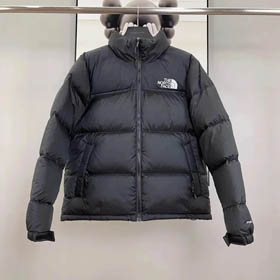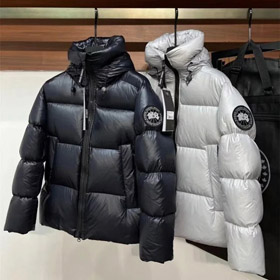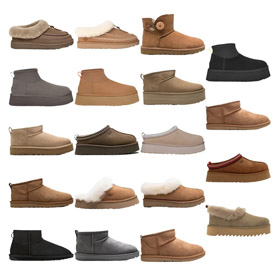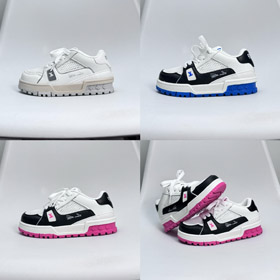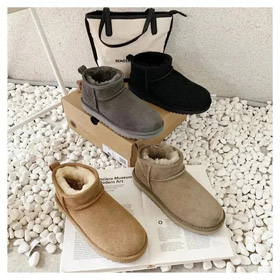In the competitive world of Southeast Asian cross-border homeware sourcing, professional designers are increasingly turning to Pandasheet.net
Successful homeware listings begin with comprehensive spreadsheets containing:
The Anatomy of an Effective Pandabuy Product Spreadsheet
Designer-Curated Information Architecture
| Spreadsheet Column | Web Implementation | Conversion Impact |
|---|---|---|
| Texture Close-Ups | 360° product viewers | +22% average engagement |
| Climate Suitability | Geo-targeted badges | 17% lower returns |
| Style Mashups | "Complete the Look" carousels | +31% cross-selling |
The Iterative Design Process
Seasoned designers employ a cyclical workflow:
- Scrape top-performing ASINs using Pandabuy analytics
- Reverse-engineer their spreadsheet structures
- A/B test converted product pages
- Feed results back into template optimization
Measurable Outcomes:
Indonesian sellers report:
- 40-60% faster design turnaround by using standardized spreadsheets
- 28% improvement in organic traffic through better schema markup from structured data
- 15% higher conversion on "hard-to-photograph" items using spreadsheet-guided AR implementations
By treating Pandabuy spreadsheets as design documents rather than mere data sources, Southeast Asian homeware traders are creating gallery-worthy product pages that convert casual browsers into devoted customers. The future lies in perfecting this spreadsheet-to-storefront alchemy.
